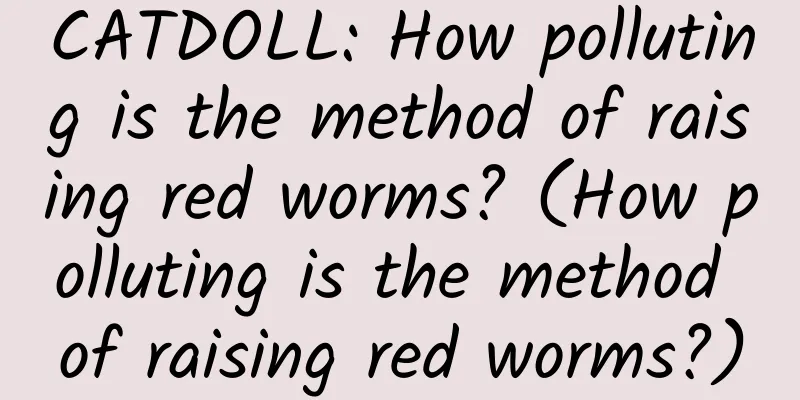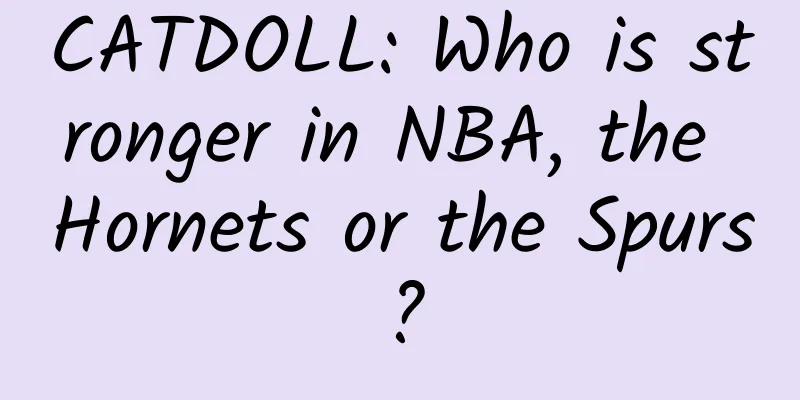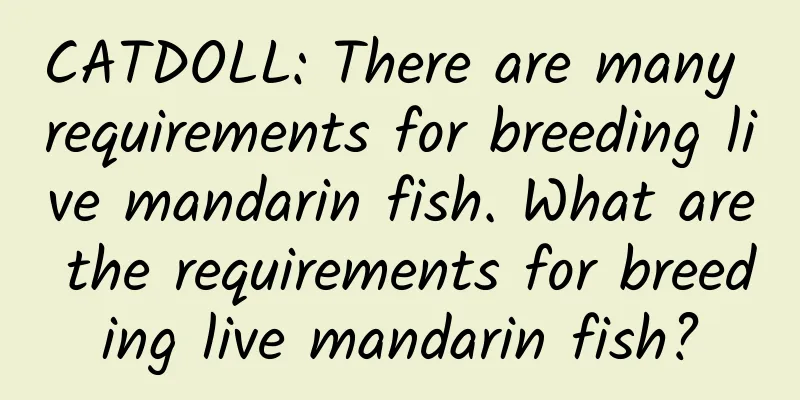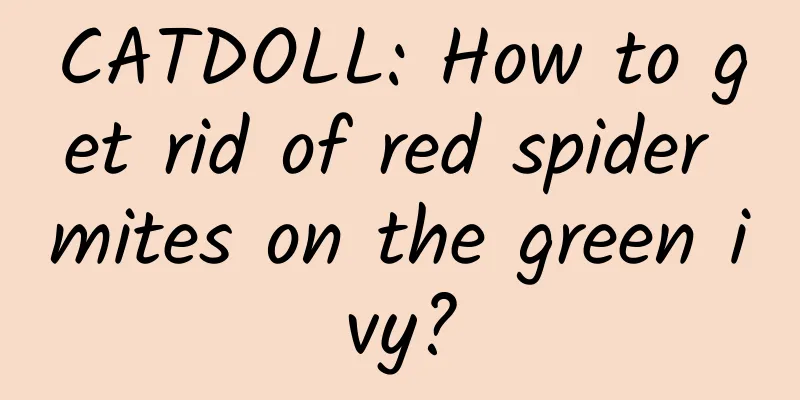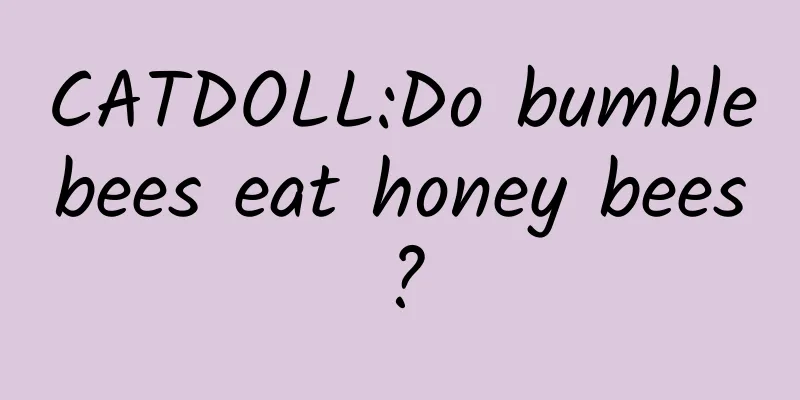CATDOLL : CATDOLL: What to do after bees swarm?
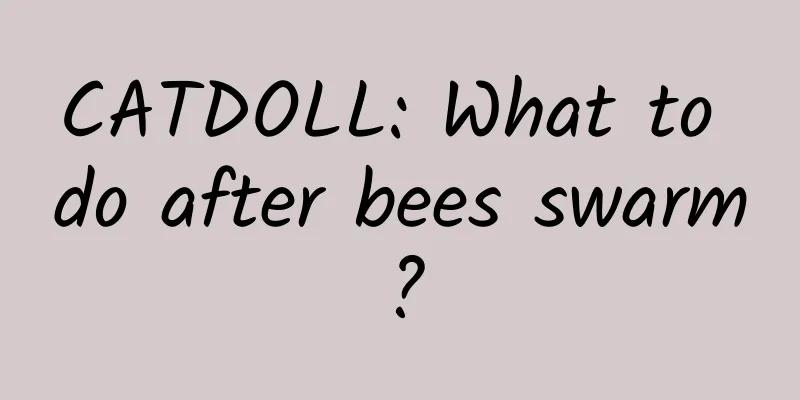
What to do after bees swarm?1. Reclaim the bee colony After bees swarm, they generally will not fly away from the apiary directly. Instead, they will gather in clusters near certain high attachments such as tree trunks, eaves, etc. for 2 to 3 hours. Therefore, beekeepers must seize this favorable opportunity to collect the bees. When collecting the bees, beekeepers can climb to the bee cluster with a ladder, place the collecting cage above the bee cluster, and then use a bee broom to drive the bee cluster into the collecting cage. During the bee collecting process, you must pay attention to your personal safety and the safety of the queen bee. 2. Bee colony transfer After the swarm bees are collected, they must be promptly transferred to a new beehive for feeding. When transferring the bees, you can directly place the collecting cage in the beehive, and then take a honey comb and a brood comb from the original bee colony and put them in. After a while, the swarm bees will cluster in the new beehive, and you can take out the collecting cage. After these operations are completed, cover the beehive, open the nest door, install an escape-proof piece at the nest door, and finally place the new bee colony in a suitable place. 3. Timely supplementary feeding After the new bee colony stabilizes, it is necessary to supplement feeding in time to promote the recovery of the colony. Honey or syrup can be used for supplementary feeding. When supplementing honey, first dilute the honey with 20% warm water. The diluted honey can be fed to the bees by pouring into the comb method or pouring it into a frame feeder. When supplementing syrup, first add 50% of white sugar to water, heat it to fully dissolve, and then cool it to lukewarm before feeding. When supplementary feeding, add appropriate amount of bee medicine to the honey or syrup to prevent and treat bee diseases. 4. Add spleen at the right time When bees are swarming, the worker bees will reduce the amount of food they feed to the colony, forcing the queen bee to reduce or even stop laying eggs. After the swarm is captured and stabilized, the worker bees will increase the amount of food they feed to the queen bee, prompting her to resume laying eggs. To ensure that the queen bee has enough space to lay eggs, additional honeycombs should be added in time. However, at this time, additional honeycombs should be added based on the actual situation of the colony. If the ratio of eggs to larvae in the colony is large, additional honeycombs should be temporarily suspended. If there are more honeycombs than bees in the colony, additional honeycombs should also be stopped. Summary: The first thing to do after the bees are swarming is to collect the swarm back. After collecting them, they must be transferred to a new hive in time. After the swarm is stable, they can be fed and added with combs in time. Generally speaking, there is no major technical difficulty and novices can easily master it after operating it a few times. 1. Restore the bee colony: After the bees are divided into groups, they often use tree trunks and other high attachments near the apiary to form a group for 2-3 hours. Take advantage of this favorable opportunity to collect bees. 2. Transfer the bee colony to a new hive: After the bee colony is collected, it is immediately transferred to a new beehive for feeding. 3. Timely supplementary feeding: To promote the recovery of the colony, honey and syrup can be added. 4. Timely replenishment of spleen: To ensure that the queen bee has enough space to lay eggs, the spleen must be replenished immediately. After swarming, bees will often gather in groups on high objects such as tree trunks near the apiary for 2 to 3 hours. This time can be used to collect the bee colony. After the swarm is captured, it should be immediately transferred to a new beehive for breeding. In order to promote the recovery of the bee colony, honey and syrup can be supplemented. You need to first collect the bee colony, then place it in a beehive, and then replenish feed in time. Why do bees fan themselves at the entrance to their nest?Bees are social insects. The bee colony has a strong ability to regulate the internal environment. When the hive environment is not suitable for bees, the bee colony will use methods such as clustering and fanning to adjust. Clustering is to keep warm, but what is the purpose of fanning? Let's take a look at why bees fan at the entrance of the nest! 1. Fanning method The way bees fan at the hive entrance varies depending on the species, and can be roughly divided into blowing and sucking types. The Chinese bees fan with their heads toward the outside of the hive entrance to blow air into the hive, similar to a blower, while the Italian bees fan with their heads toward the inside of the hive entrance to draw air out of the hive, similar to a vacuum cleaner. Therefore, the heat dissipation effect of the Chinese bees is worse, but the beehive can maintain a higher relative humidity for a certain period of time. The heat dissipation effect of the Italian bees is better, but the relative humidity inside the beehive is lower and more water is required. 2. Lower the nest temperature Although bees are cold-blooded animals, the bee colony has the ability to regulate its internal temperature and the stronger the colony, the stronger its regulatory ability. In the cold winter, the bee colony will clump together to maintain the colony temperature. In the hot summer, the bee colony will fan to lower the temperature. Therefore, in summer, beekeepers can often see a small number of worker bees lying near the entrance of the nest fanning. However, the Chinese bee blows the relatively cold air outside into the hive to lower the temperature inside the hive, while the Italian bee sucks out the relatively high air inside the hive to lower the temperature inside the hive. 3. Improve ventilation As the bee colony grows, it will become more and more crowded inside. In addition, the hive entrance is generally relatively small, resulting in a serious lack of oxygen inside the colony. At this time, you can see a small number of worker bees lying near the hive entrance fanning for ventilation. This is why sometimes the outside temperature is not high and the bee colony has no need to fan to cool down, but you can still see worker bees fanning at the hive entrance. This is especially common in the late spring when the number of bees in the hive increases rapidly. Beekeepers do not need to worry too much about this as it is a normal phenomenon. 4. Processed Honey The nectar collected by bees has a very high water content. The house bees have to concentrate it to a certain degree before sealing it with beeswax and storing it. However, during the honey flow period, when the amount of honey is very large, the house bees have no time to brew it, so they will divide the nectar into small drops and hang them on the cells to evaporate the water first. At this time, some worker bees will lie at the hive door and fan, thereby increasing the air flow inside the beehive to enhance water evaporation. Therefore, during the honey flow period, worker bees can be seen fanning at the hive door from morning to night. Beekeepers do not need to worry about this situation. 5. Guarding the Hive When a bee colony is threatened by enemies, worker bees will fan the air at the entrance of the nest (actually they are deterring the enemies). Especially when hornets invade, Chinese honey bees will actively vibrate their abdomens and send out alarm pheromones to notify their companions for reinforcements. At the same time, they will shake their wings and make a hissing sound to protest to the hornets. The fanning in this situation is completely different from other situations. The most obvious thing is that if the bees are fanning normally for cooling, ventilation or dehumidification, they will behave very quietly and orderly. However, when enemies invade, the bee colony will panic and scatter around the nest entrance. Note: Beekeepers can strengthen management by observing the fanning of the bees. Fanning in hot weather indicates that the temperature inside the hive is too high. Fanning by worker bees when the outside temperature is not high and it is not during the nectar flow period indicates that the inside of the hive is too crowded. Bees gathering around the nest entrance and being very panicked indicate that there is damage from natural enemies. 1. Lower the hive temperature: In the hot summer, the fans of the bee colony lower the temperature. 2. Strengthen ventilation: As the bee colony grows, the internal report of the bees will become more and more crowded, and the door of the hive is generally opened relatively small, resulting in serious lack of oxygen inside the bee colony. 3. Processed honey: Honey cannot be preserved with beeswax unless it is concentrated to a certain degree, so when the honey juice is divided into small droplets and hangs in the hive to evaporate water, some bees lie on the hive and fan. 4. Guard the hive: Deter the enemy. This is because bees are social insects. They have a strong ability to regulate the internal environment. By fanning the air at the entrance of the nest, they can lower the normal temperature and enhance ventilation. They can also guard the hive and process honey. This is mainly to regulate the temperature inside the nest, and it can also serve as a ventilation effect. |
<<: CATDOLL: Please help me in Nantong dialect
>>: CATDOLL: Which cities with rustic names have profound historical and cultural heritage?
Recommend
CATDOLL: Will red worms die if kept in water? (Will red worms die if kept in water?)
1. Why don’t red worms use hot water? Afraid of h...
CATDOLL: How to get rid of cockroaches?
1. How to get rid of cockroaches? 1. Spray deterg...
CATDOLL: How to raise guppies? Breeding tips for guppies
1. How to raise guppies? Breeding techniques for ...
CATDOLL: What is the market price of carp, grass carp, silver carp and bighead carp weighing more than 5 jin in Puyang City on August 20, 2020?
China Business Information Network: Due to the se...
CATDOLL: What harm does the cultivation of river mussels cause to the water body? What harm does the cultivation of river mussels cause to the water body?
1. What harm will the cultivation of river mussel...
CATDOLL: Is it better to store red worms in mud or water? (Is it better to store red worms in mud or water?)
1. How to preserve red worms? Soil maintenance me...
CATDOLL: How do fish embryos develop? Discuss the process of fish embryo development?
1. How do fish embryos develop? Thanks for the in...
CATDOLL: What’s causing the decline in wild freshwater fish diversity?
What’s causing the decline in wild freshwater fis...
Comprehensive analysis: How to effectively prevent diseases in pig farming
As an important part of agricultural production, ...
CATDOLL: What should be paid attention to when raising silkworms in the north? (What conditions are required for raising silkworms in the north)
1. What should we pay attention to when raising s...
CATDOLL: How to identify different generations of Angus cattle
Angus cattle are one of the most popular breeds o...
CATDOLL: How much can a 10-pound wild soft-shelled turtle sell for?
1. How much can a 10-jin pure wild soft-shelled t...
CATDOLL: Is it illegal to raise red worms? Zhihu novel (the harm of raising red worms)
1. Is it allowed to raise red nematodes in the co...
CATDOLL: Zhengbang Biochemical Division: Building an industry-leading biopharmaceutical company
Introduction to Zhengbang Biochemical Division Zh...
CATDOLL: The thief "Loach"
Thief "Loach" It is true that poor moun...

